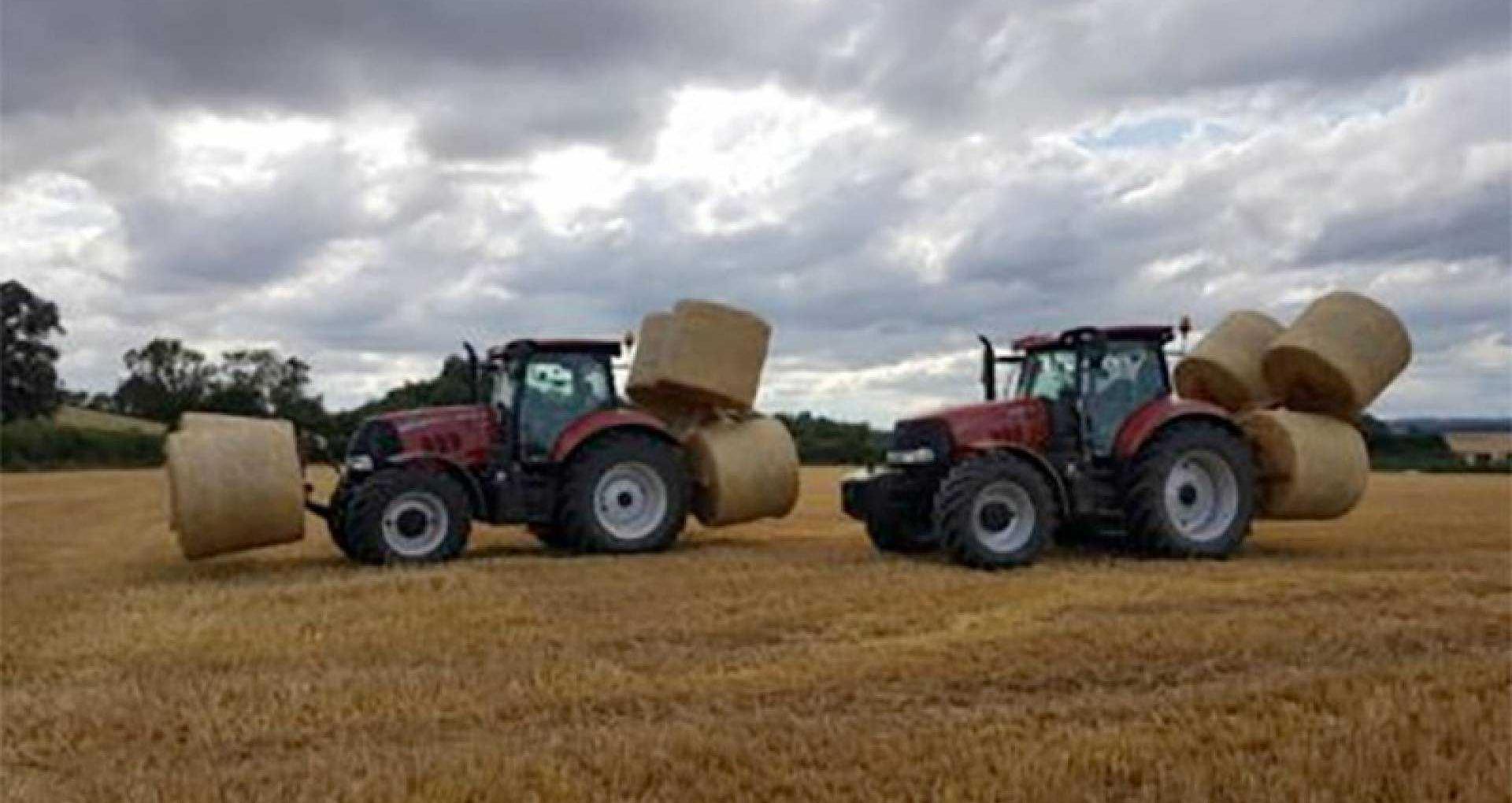
Moving into harvest season, many farms will be preparing for the busiest time of year. In this article we advise of the importance of making sure farmers are fully covered as the rise in work can lead to greater risks.
As the agricultural sector gears up for weeks of combining, transporting bales, and harvesting crops, keeping safe on the farm is paramount for a successful summer. Here H&H Safety shares some valuable advice on how to specifically avoid electrical harm and common hazards during this busy period.
H&H Safety in partnership with Neil Elsender, Managing Director of IRM Safety, comments on why checking legal coverage is a good approach before launching into harvest and what you can do to reduce the chance of dangers:
“Contact with electricity can kill or cause serious burns and disabling injuries. There are many electrical incidents which damage equipment, and we know of thousands of ‘near-misses’ – any of which could have had fatal consequences.
“In agriculture, many of these incidents involve contact with overhead power lines (OHPLs), and
we know that farm machinery is getting bigger and taller, which is increasing the chances of a cable strike. Such accidents cause disruption and can also bring considerable costs to farmers, other businesses, or the community. Other dangers involve poorly maintained hand-held equipment, electrical faults on machinery or extension cables. Poor electrical installations and equipment can be fire hazards, which means significant losses to buildings, equipment and livestock.”
Neil outlines some areas to be aware of with valuable advice to ensure health and safety is at the forefront at all times:
Overhead power lines (OHPLs)
Electricity can arc (jump gaps) in certain circumstances when equipment or machinery gets close enough – you do not even need to contact OHPLs to receive an electric shock. So, make sure you know where OHPLs are located on your farm, or where you are required to work. You can obtain a map showing the routes of the lines from your Distribution Network Operator (DNO), or mark the route of the lines on your own farm map. Ensure that visiting workers such as contractors also have copies and include details of OHPLs in contracts you have with them.
The safest option is to avoid OHPLs altogether if you can. But if you have to work near OHPLs, plan the job carefully and use safe systems of work. Consult with your DNO and if necessary, arrange temporary disconnection.
Risks can be reduced if activities requiring farm machinery are not carried out within a horizontal distance of at least 10 metres from OHPLs. If you cannot avoid carrying out such activities closer than 10 metres, consult your DNO for advice. If the line cannot be moved or made dead, you will need to assess the risks and agree a safe system of work.
Contact with an OHPL
If part of a vehicle or load is in contact with an OHPL, the operator should remain in the cab and inform the DNO immediately. Electrocution is possible if anyone touches both the machine and the ground at the same time. If you need to get out jump well clear so that no simultaneous contact is made between you, the vehicle and the ground.
Electrical System
The Electrical System on the farm, should have a readily accessible and clearly identified switch near each item of fixed machinery to enable a person to cut off the power in an emergency.
Portable Electrical Tools
Used outdoors or where there is a lot of earthed metalwork should be either be operated at reduced voltage from a safety isolating transformer or be connected through an RCD which will cut off the power quickly if there is an earth fault.
Electric Shock
If someone receives an electric shock, always to disconnect the power source first. If that is not possible, never touch the electrocuted person except with non-conducting items and never use metal. Resuscitation needs training and practice so make sure that you and your workers receive elementary first aid training.
Other than the priority to keep everyone safe, following health and safety working practices during harvest can also help to significantly reduce the number of accidents in your business, explains Paul Graham, Managing Director of H&H Insurance Brokers:
“It’s worth knowing that awareness of and a culture of robust health and safety practices will not only keep the number of incidents and severity of claims down, but it can in turn help lessen any insurance premium increases for your business. Seeking expert advice when looking at your insurance needs is always advisable, and H&H Insurance Brokers can assist with this.”
H&H Safety is a health and safety support service for farm and rural businesses, and a partnership between H&H Insurance Brokers, specialists in rural insurance and IRM Safety, founded by Neil in 2006 as health and safety specialists.